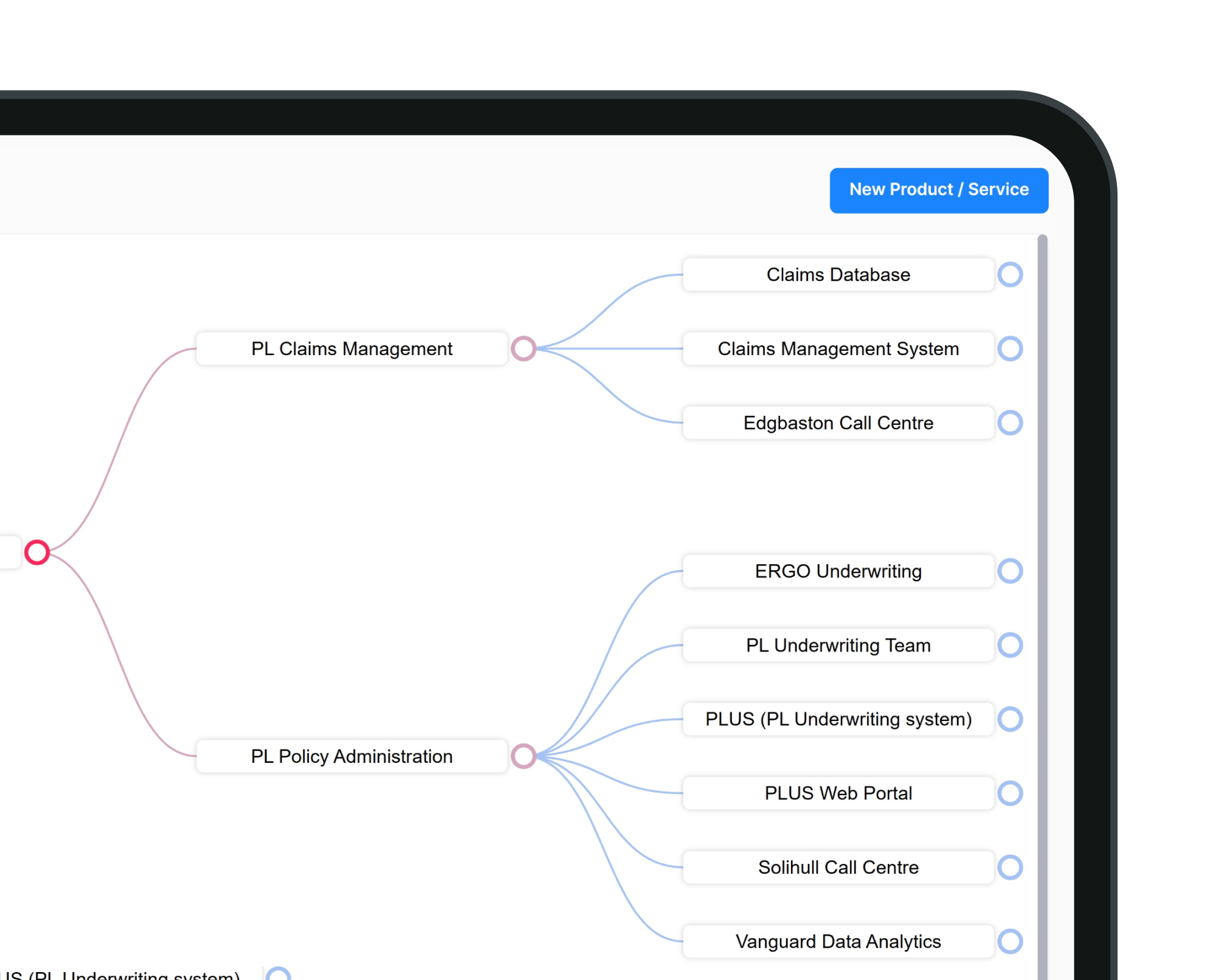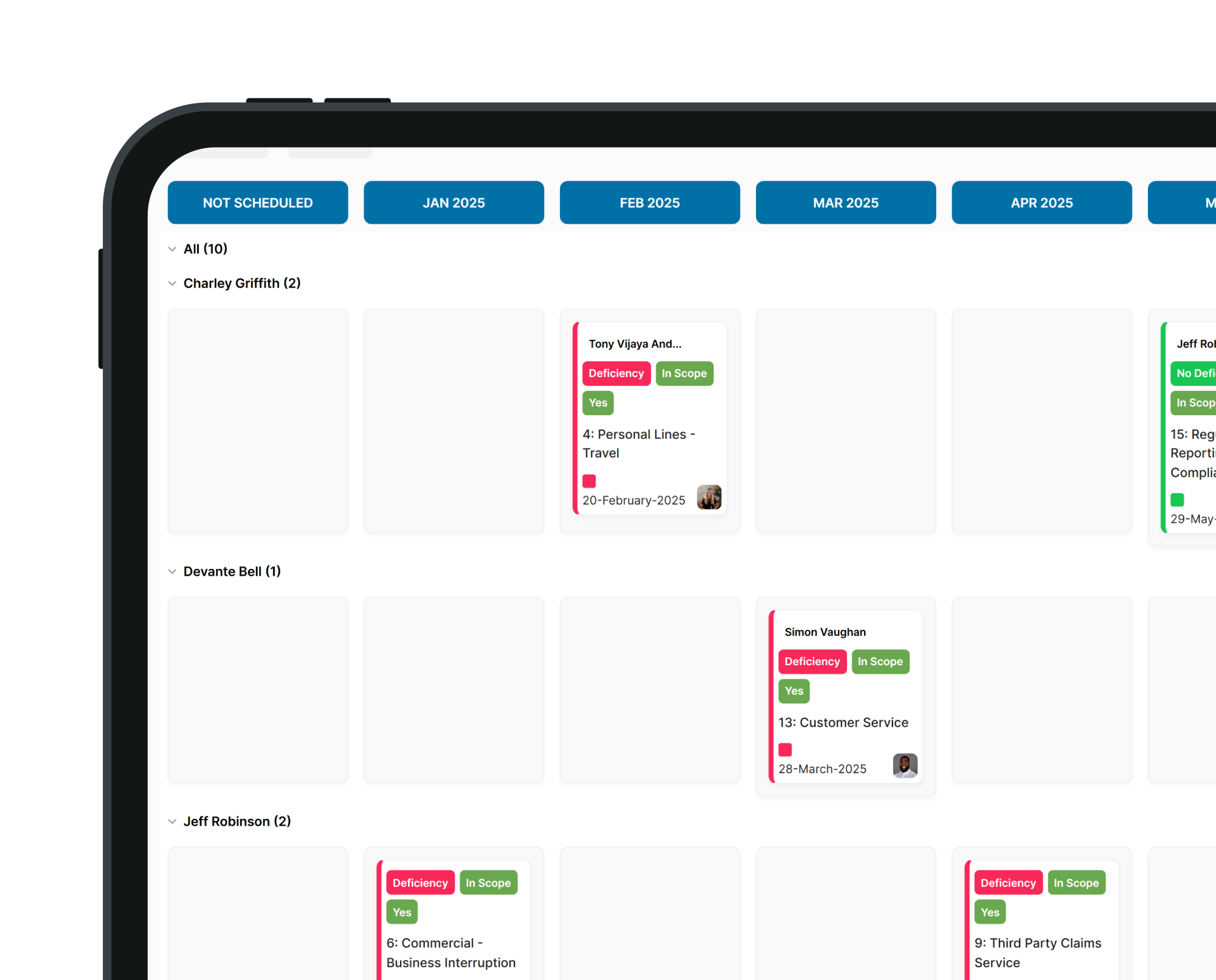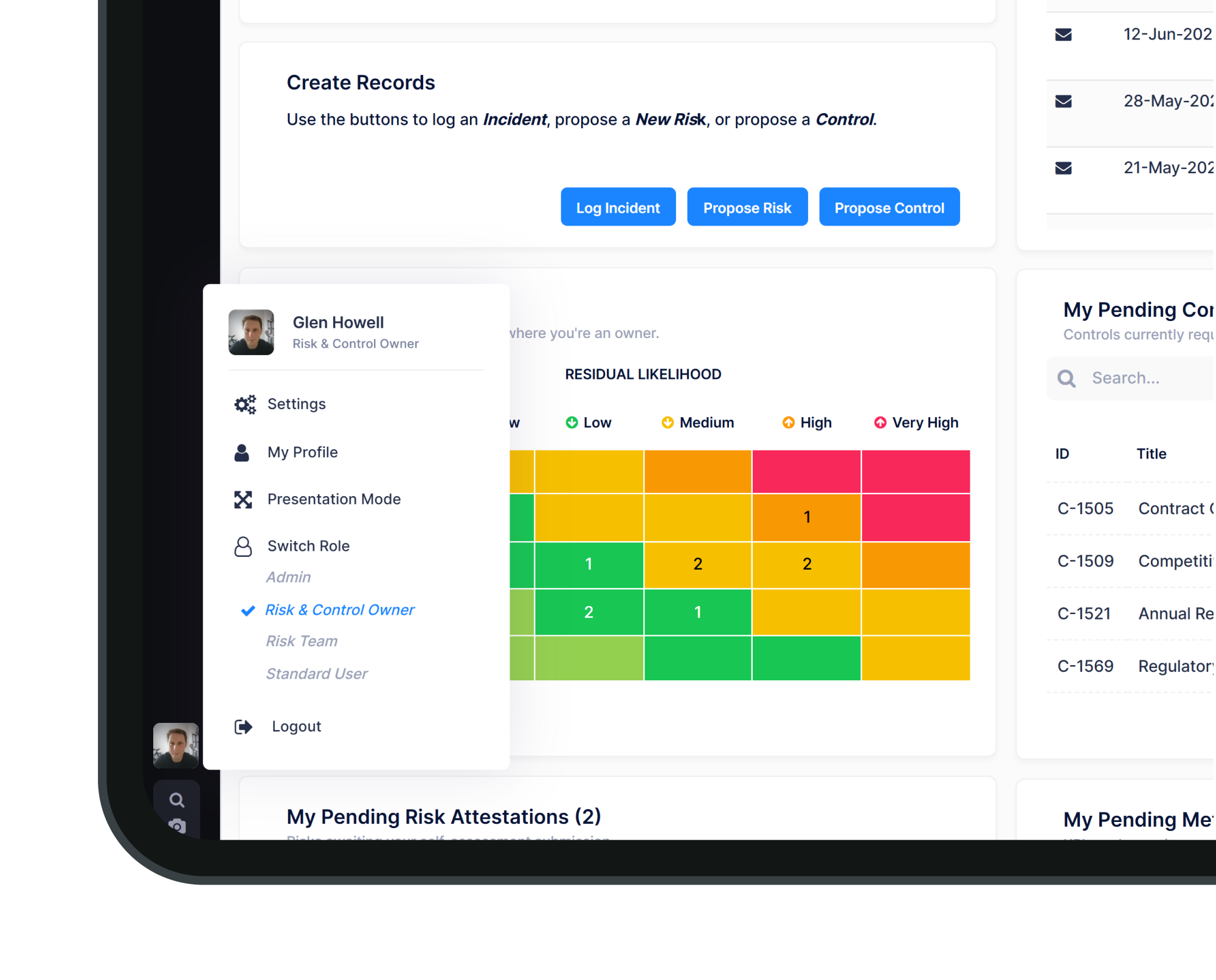
Risk - Operational Resilience Software
Award-winning Operational Resilience software





.jpg)











Don't let complexity undermine resilience
The current risk landscape is complex and volatile; ‘black swan’ events occur with more frequency and severity than ever felt possible.
Decision Focus provides a foundation for organisations to build true resilience, minimise disruption, and defy disruption.
Auto-generate reports for C-level and GRC teams. Export to .pdf & .doc formats — no Word, Excel or PowerPoint needed.
Eliminate the need for external reporting tools. Reports generated in-app is based directly on record data with a full revision log for changes.
Customised dashboards and reporting, based on Highchart libraries.
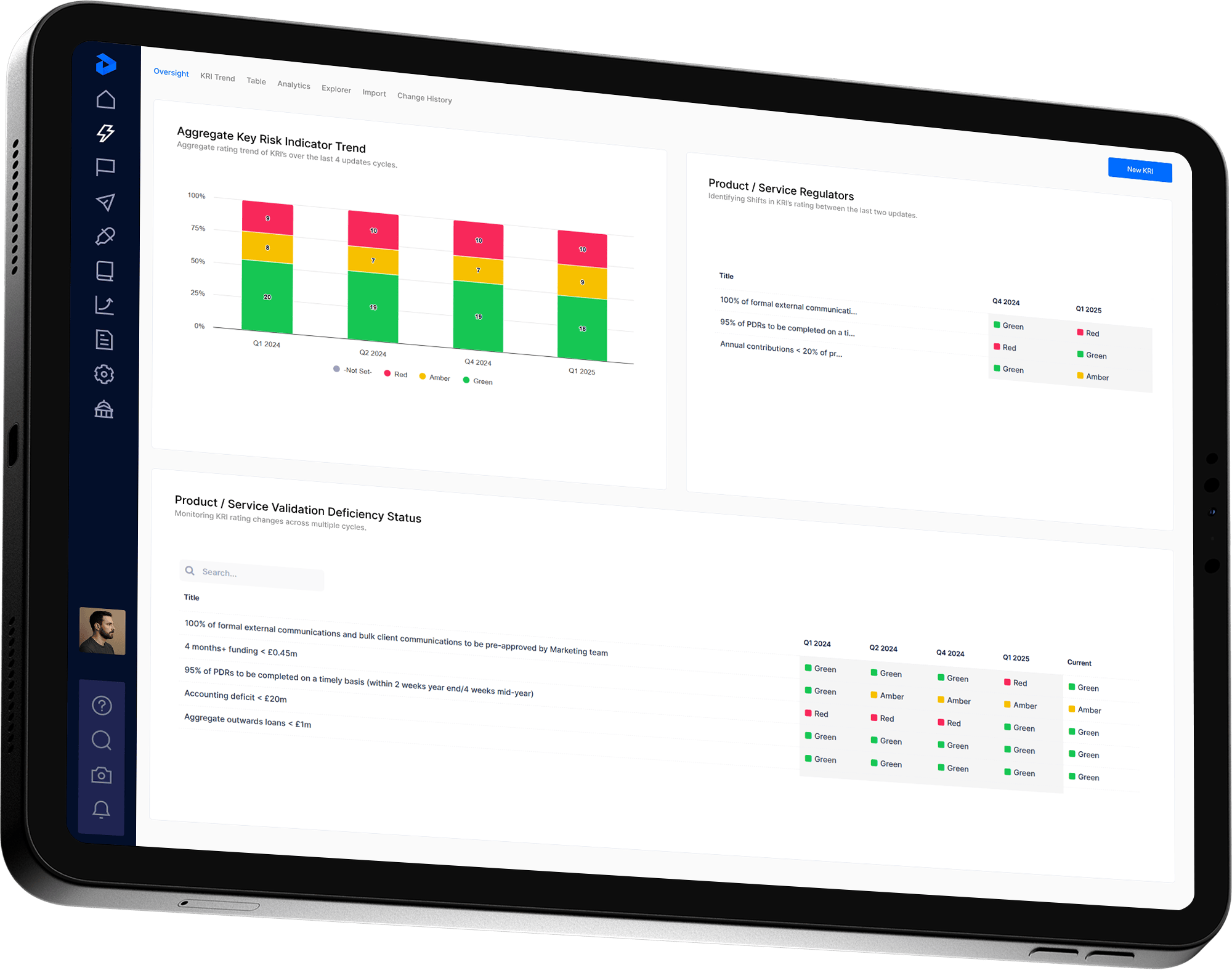
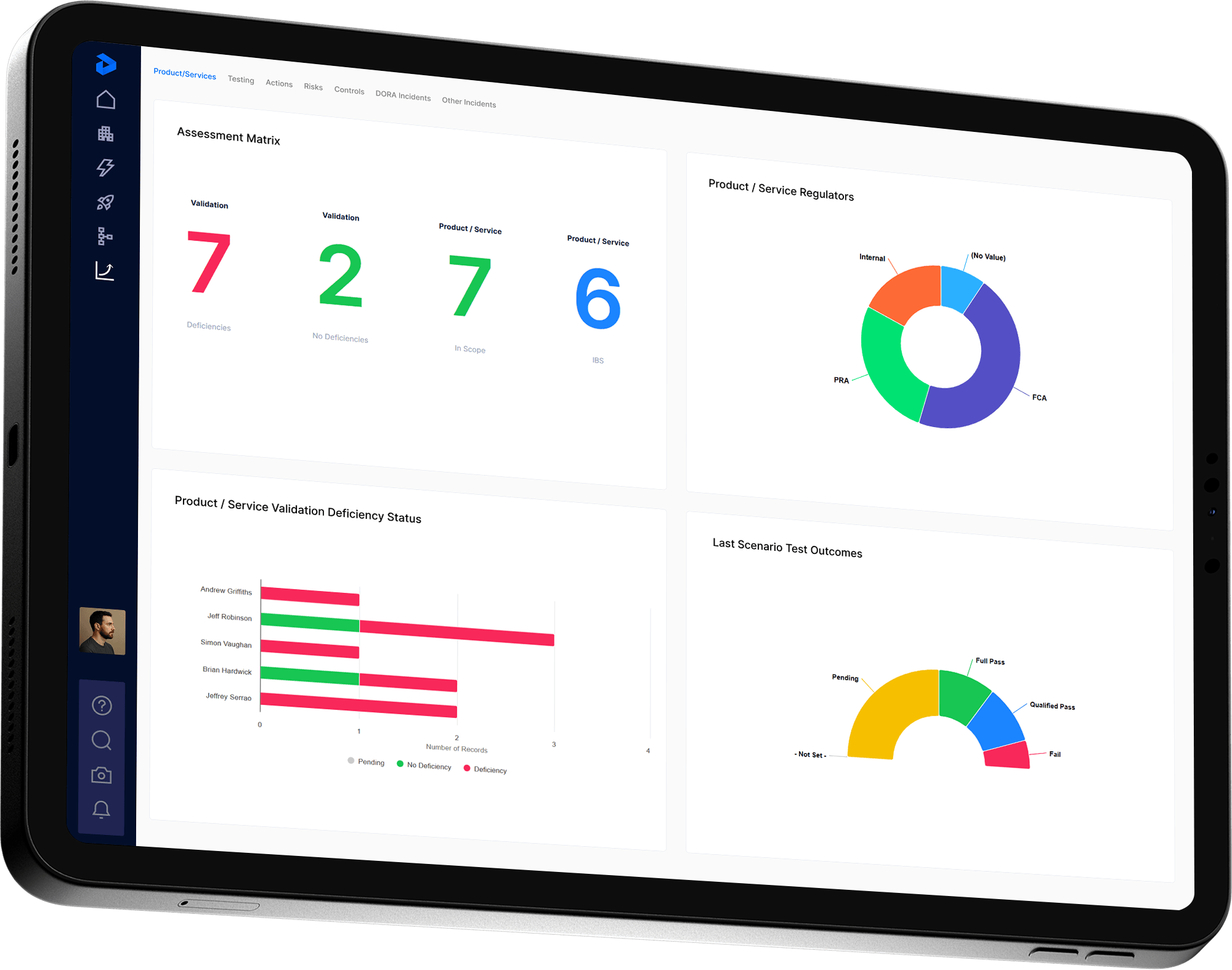
Configurability, not complexity
Delivering business benefits
Deliver continuity & safeguard against disruption

Identify critical services, assess dependencies and risks, and develop recovery strategies to ensure continuity despite disruption.
With visual mapping tools, scenario testing, and real-time dashboards, Decision Focus provides a unified platform for managing and reinforcing enterprise-wide resilience.
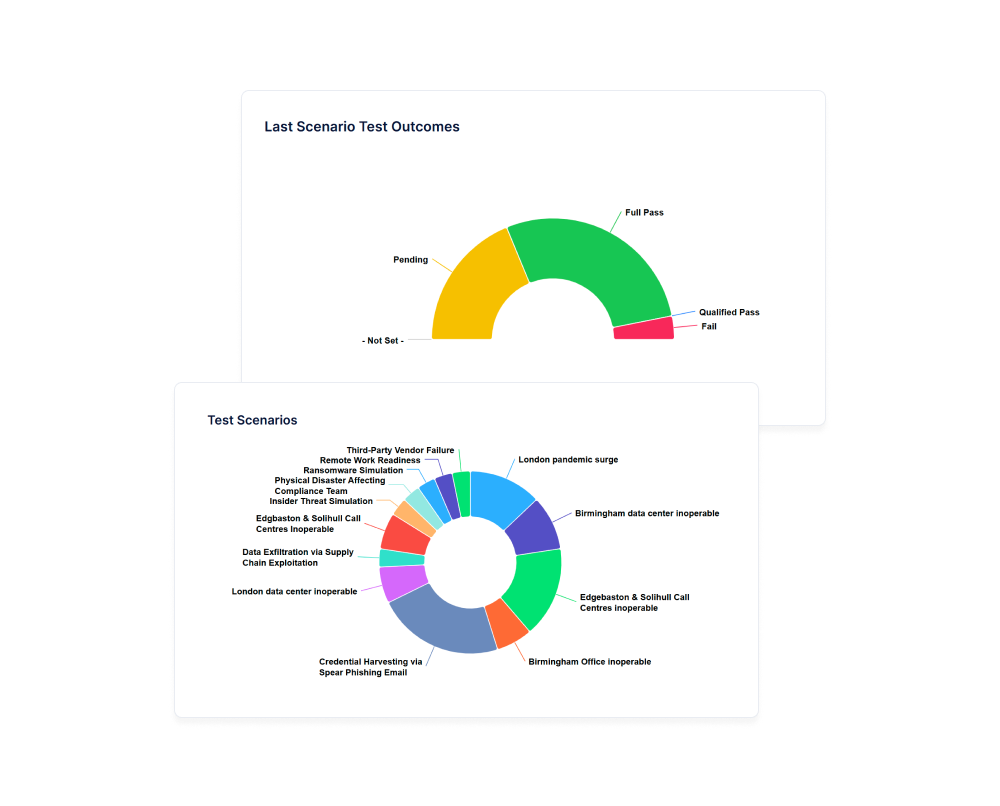

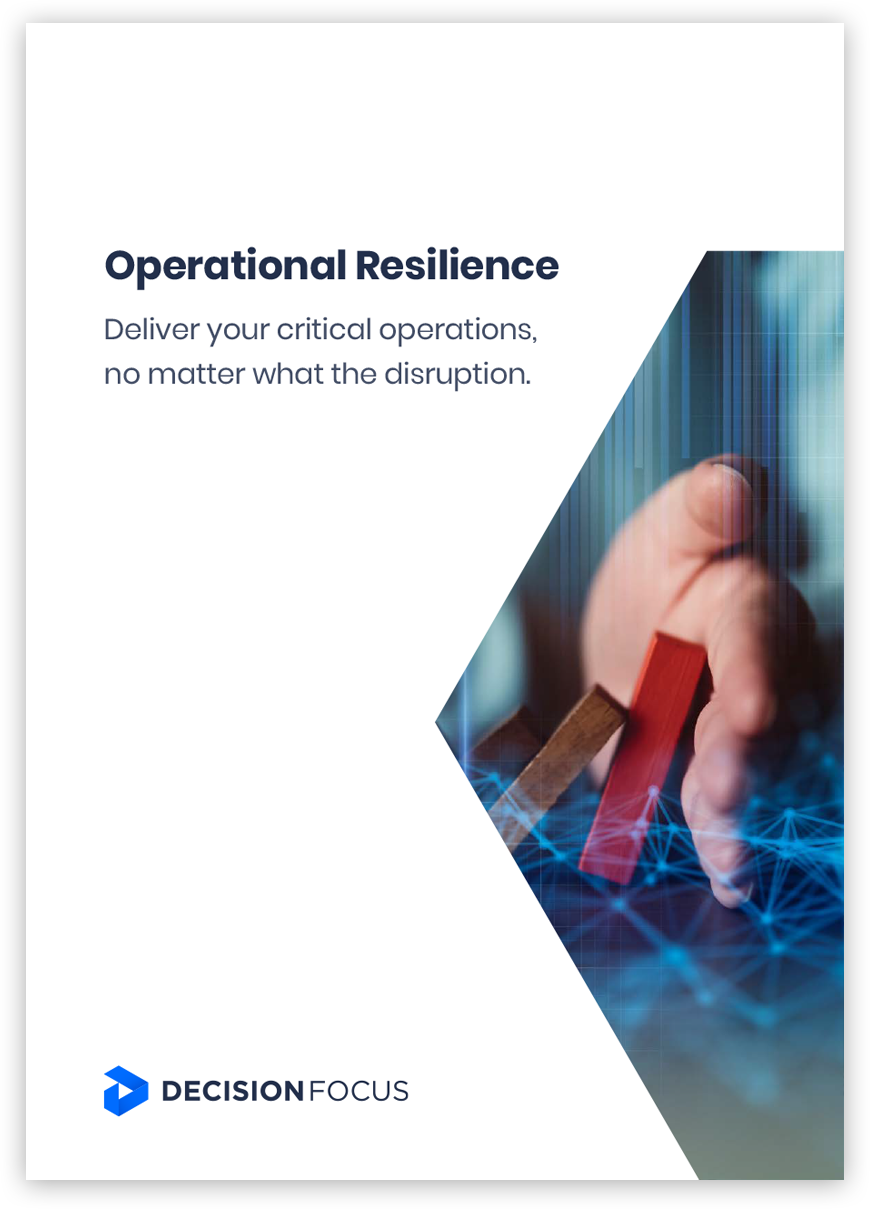
Operational Resilience solution brochure
Build your perfect GRC solution
Our agile no-code platform adapts to your organisation, so you can pick and choose the solutions you need.
Related solutions



